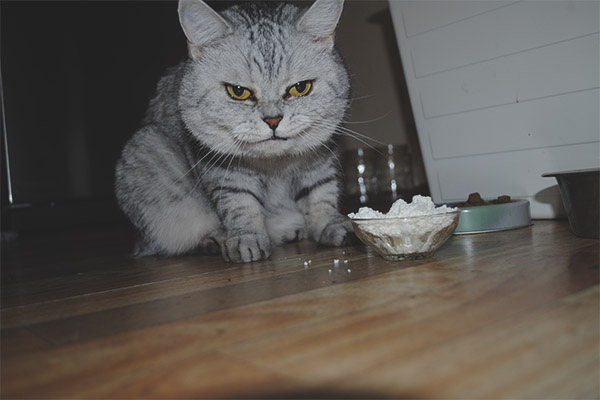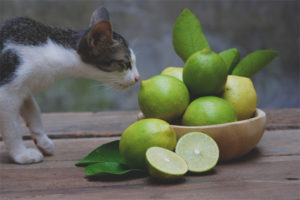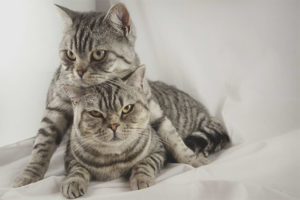The content of the article
If we imagine a cat or cat, then often this image will be combined with a saucer of milk or sour cream. Indeed, it is common for cat foods to eat dairy products, and for them they are useful. Then the question arises whether it is possible to give cottage cheese to cats and cats.
The benefits of dairy products
In general, the first six months, you must certainly give your pet dairy products, in particular fresh milk. After that, dairy products can be an irregular part of the diet, but they do not change their own relevance and benefits.
Nevertheless, we are always talking about natural products, that is, milk, which is brought from at least the state farm, is generally fresh. That milk concentrate, which is sold in stores, is not exactly milk and contains quite a lot of impurities.Regular use in the cat menu can lead to various disorders of the digestive system.
Fundamental rules
In order to give your pet only useful, you need to buy natural dairy products (such now is not difficult to find in special stores) and adhere to the following recommendations:
- Kefir should be allowed to settle for about three days in order to remove all the alcohol.
- If you take milk or cottage cheese, then choose fat content of not more than 9%.
- Cream for cats is an overly fatty product.
- It is useful for kittens to give fresh milk, but with age you need to reduce the amount of this product, because the older the cat, the worse the lactose is absorbed.
- Sour cream also needs to be given rarely and in small quantities, this product is excessively fat, and you can give it to cats only “as treats”.
- For adult cats do not need to use daily dairy products, 1-2 times every week or less - is enough.
In addition, try to pay attention to the shelf life of the product.
The benefits and harm of cottage cheese
In general, cottage cheese is a useful product for cats. It has several advantages that practically no other products give:
- contains trace elements that are easily digested by cats;
- normalizes intestinal microflora;
- gives a significant amount of protein;
- contains many vitamins;
- promotes proper development of bones and teeth;
- gives phosphorus and calcium;
- of all dairy products it is well digested even in old age.
Of course, here again you need to pay attention to the naturalness of the product, if you buy cottage cheese with a long shelf life and lots of chemical additives, then there is not much benefit from it, unlike a natural product.
Pay attention to the possible harm of cottage cheese:
- allergic reaction;
- indigestible body;
- with high fat content gives the load on the liver.
However, from dairy products it remains one of the best options. At the same time, cottage cheese should also be used in relatively small amounts and not overfeeding the cat.
Curd feeding rules

Try to avoid sour curd and, as mentioned earlier, do not take the shop, and look for homemade, farmer.Do not feed cats with curd or sweet curd - such products are harmful to cats.
Before giving a normal amount, it is better to try starting with a small portion and look at the presence of allergic reactions. Optimal fat content is 9% or less. At the same time, you should not use completely fat-free cottage cheese, as it does not bring any benefit for cats.
Small kittens cottage cheese should be given 3-4 times every week in order to provide the body with a normal amount of calcium. For adult cats, the weekly amount of cottage cheese is halved.
Own curd
To create your cottage cheese you will need a glass of milk and some kefir, which are mixed and put in a water bath. After that, the milk is brought to a boil, wait a couple of minutes and filter through a sieve.So, wet curd will appear in the screen, which you can put in cheesecloth and allow the remaining whey to drain in order to get dry curd. Although the cats really do not care, and they are perfectly eats and wet cottage cheese. The main thing - watch the temperature.
You can also leave the milk sour in the room for 3-4 days, then boil the thickened milk jelly and strain through gauze. This is how the curd is made with heat. Without heating, you simply filter the thickened curd and separate the whey from it to get a clean product.
Video: what can not cats?











To send